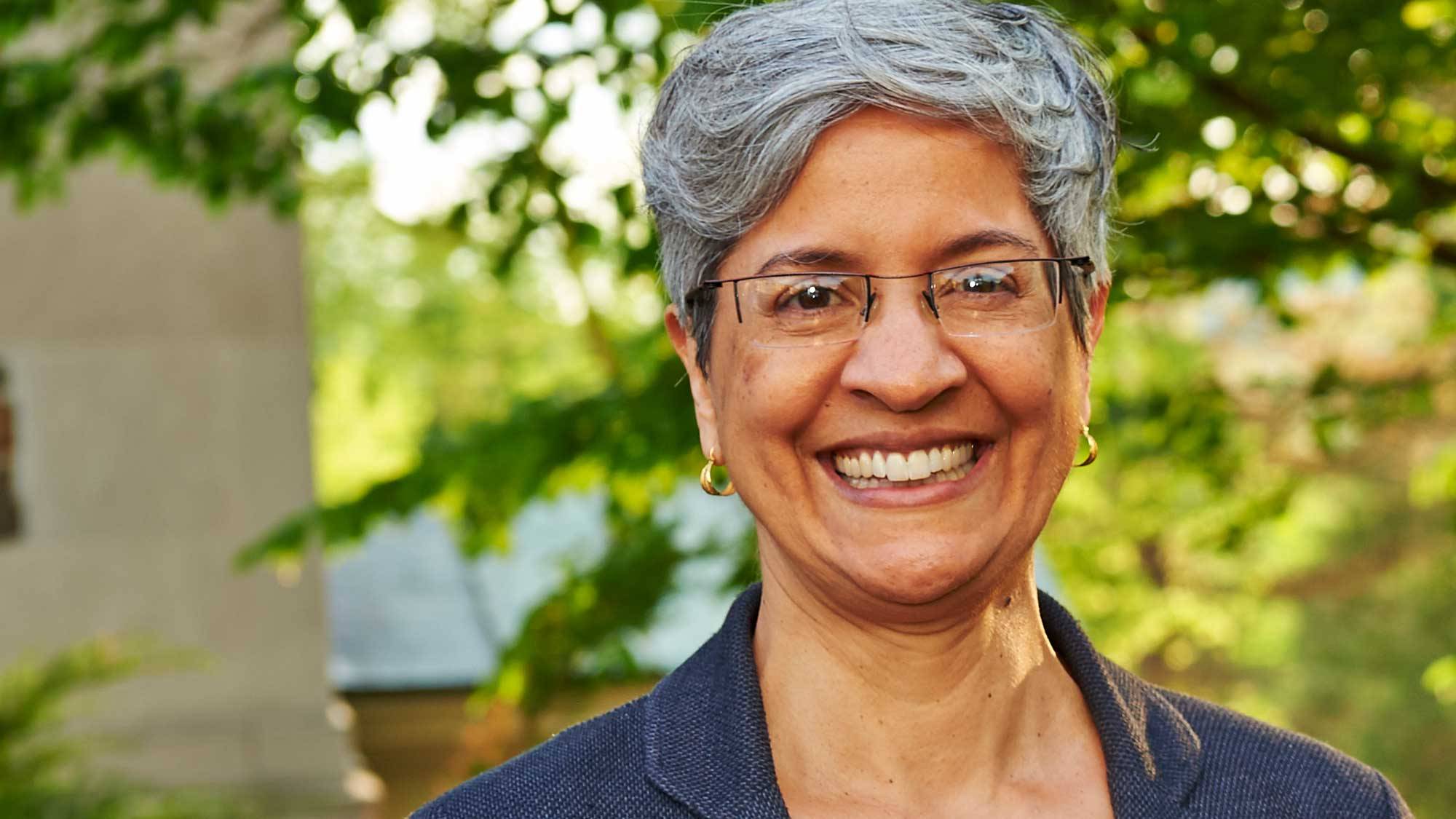Editor’s note: Wondering what’s happening in the classroom at Colgate? Here’s a real-time glimpse into academic life on campus — a syllabus from a course underway this semester.
ARTS 246: From Emperors to Anime: Pictorial Practices in China and Japan
Padma Kaimal, Batza Professor of Art & Art History, Chair of the Department of Art & Art History, Chair of Communities and Identities
Course Description
This course explores a wide range of pictorial forms – from temple murals to anime film – in the culturally diverse regions that are now called China and Japan. These sophisticated pictorial forms ask their viewers to employ forms of visual literacy that are in some cases quite different from the ways of seeing that European pictures require.
Throughout the course, students will begin to question and explore how to see art from an East Asian point of view. How do you read a hand scroll? Why don’t artists use one-point perspective? What are other ways of showing space and why do they work? In understanding previous centuries of pictures in Chinese and Japanese culture, students will have an understanding of a visual tradition that makes modern East Asian art forms such as anime far richer.
Course Goals
Students will:
1) learn to carefully analyze visual strategies that are different than the ones to which they may be accustomed.
2) understand a visual tradition that makes the present material more rewarding
3) be introduced to cutting edge techniques for doing research efficiently and creatively
Readings
Japanese Art by Joan Stanley-Baker
Art in China by Craig Clunas
A Short Guide to Writing About Art by Jerome Silbergeld
“The Tale of Genji: From Heian Classic to Heisei Comic” by Akiko Hirota
Key Assignment
Students will choose an independent research project on anything pictorial from East Asia that is of special interest to them. They will execute their research in three stages: a focus essay on their search for sources and a topic, an annotated bibliography, and a thesis they will share with the rest of the class. These stages will focus attention on three steps that distinguish the most successful research projects and that help make research a creative process.
Rather than staying on the surface level of research and stitching together a report from easily found sources, this assignment asks students to complete a deep dive investigation into an area of pre-existing scholarly discourse. Students will not be allowed to write a paper, but must instead understand how to use sources to find their own argument and derive a conclusion. Rather than expecting students to be experts in their field, they are encouraged to be learners and creative thinkers throughout the entire process.
The Professor Says
“So many of Colgate’s students know a lot about China and Japan: some have lived there, some have studied there, some are language students. I teach the course in a way that gives them a lot of space to talk and allows them to share things that I might not know. The last time I taught this course, the students were so spectacular — they were teaching me.”
